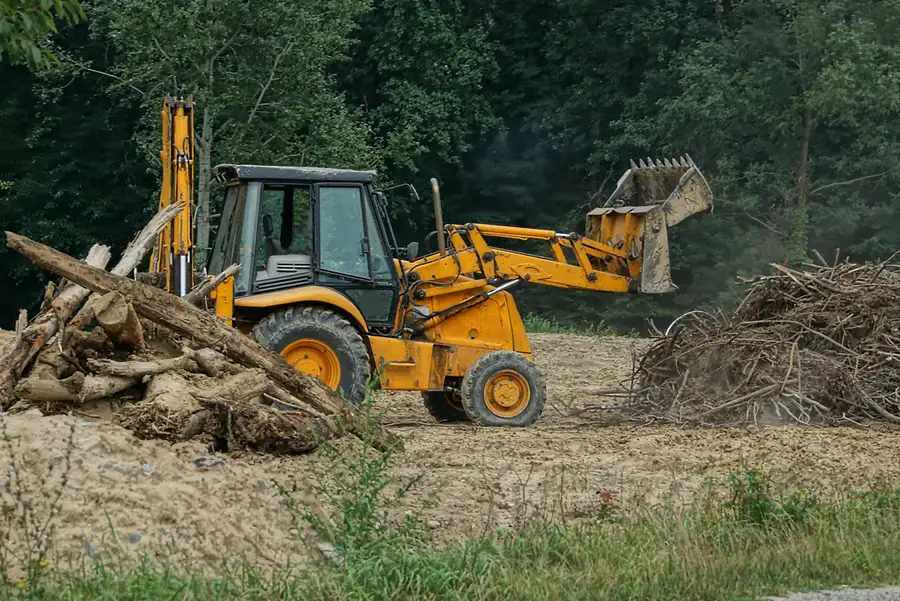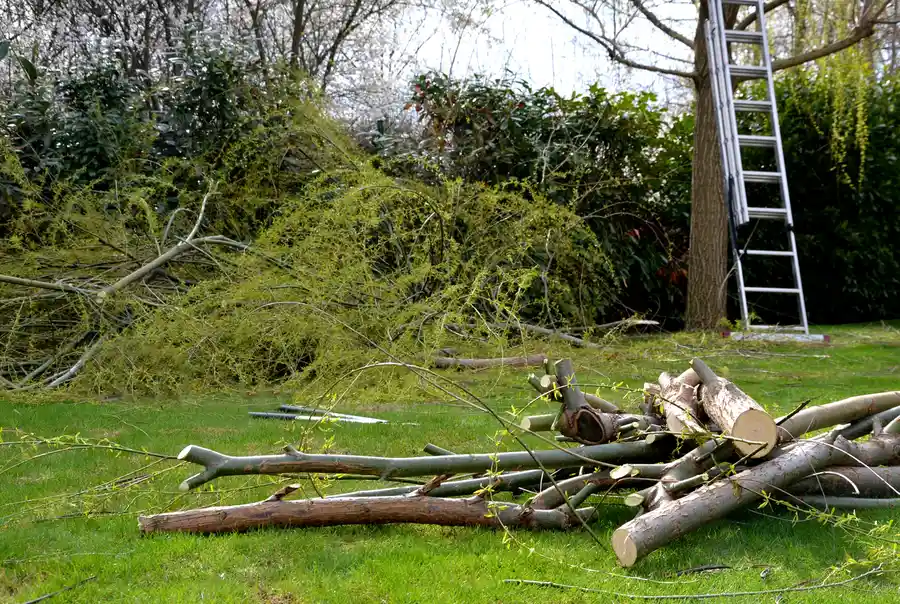Exploring Methods to Transform Your Outdoor Space
Transforming a residential landscape can be a big task. It involves a lot of planning and effort. Whether you’re expanding your backyard or preparing a site for new construction, the process can be complex. Effective solutions are essential to ensure the job is done right. Let’s explore the benefits and challenges of creating the ideal space for your home. You will also learn about expert tips and the importance of following industry standards.

The Importance of Preparing Your Landscape
When you expand your residential landscape, clearing the land is often the first step. Proper preparation ensures that the new area can support whatever you plan to build or grow. This process might involve removing trees, shrubs, or rocks. The goal is to create a clean slate for your project. With careful planning, you can avoid common pitfalls and maximize the potential of your outdoor space.
Benefits of Having a Well-Cleared Land
Having a clear land offers numerous advantages. Firstly, it provides a safe and accessible area for construction or landscaping projects. Secondly, it helps with drainage by ensuring that water flows away from structures. Finally, a cleared area improves the appearance of your property. This can increase its value. By investing in proper land clearing, you set the stage for successful development.

Challenges You Might Face
Despite the benefits, there are challenges associated with clearing land. One major issue is dealing with waste disposal. Removing large amounts of debris can be costly and time-consuming. Another concern is the environmental impact. It’s important to consider how your clearing activities affect the local ecosystem. Lastly, navigating permits and regulations can be complex. These challenges require careful planning and expert guidance.
How to Tackle Common Land Clearing Issues
To address these challenges, start by working with experienced professionals. They can help you plan the clearing process efficiently. Make sure to research local regulations and obtain necessary permits before beginning work. Consider eco-friendly methods, such as recycling materials or using sustainable practices. By taking these steps, you can minimize environmental impact and ensure a smooth project.
Best Practices for Successful Landscape Transformation
- Plan ahead: Have a clear vision of your project goals.
- Consult professionals: Use their expertise to avoid costly mistakes.
- Follow regulations: Ensure compliance with local laws.
- Think sustainably: Reuse materials where possible.
- Monitor progress: Regularly check on the project’s development.
Meeting Industry Standards and Requirements
Adhering to industry standards is crucial when expanding landscapes. This includes understanding zoning laws and environmental regulations. Industry standards ensure that land clearing is done safely and responsibly. Compliance not only prevents legal issues but also promotes sustainability. By following these guidelines, you contribute to preserving natural resources while achieving your landscaping goals.
Cost Factors to Consider
The cost of clearing land can vary widely depending on several factors. These include the size of the area, the complexity of the terrain, and local labor rates. It’s important to budget accordingly and get multiple quotes from service providers. Also, consider long-term costs like maintenance and potential environmental fees. Understanding these factors will help you make informed financial decisions.
Final Steps for Achieving Your Ideal Landscape
For those looking to expand their residential landscape, effective preparation and expert guidance are key. Remember to consider all factors, from environmental impact to cost efficiency. When you’re ready to transform your outdoor space, contact us at (931) 307-3210. Our team at Finney's Excavation and Land Services is based in Estill Springs, TN and ready to support you through every step of the process.
